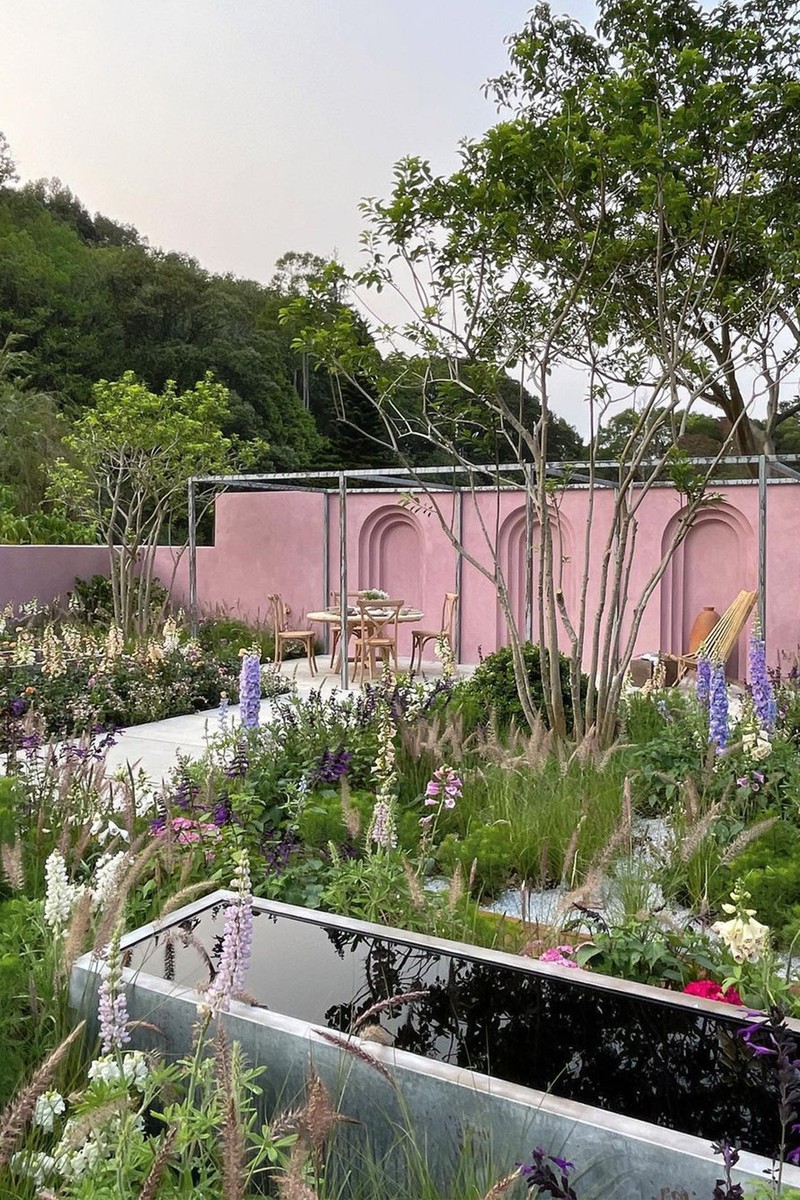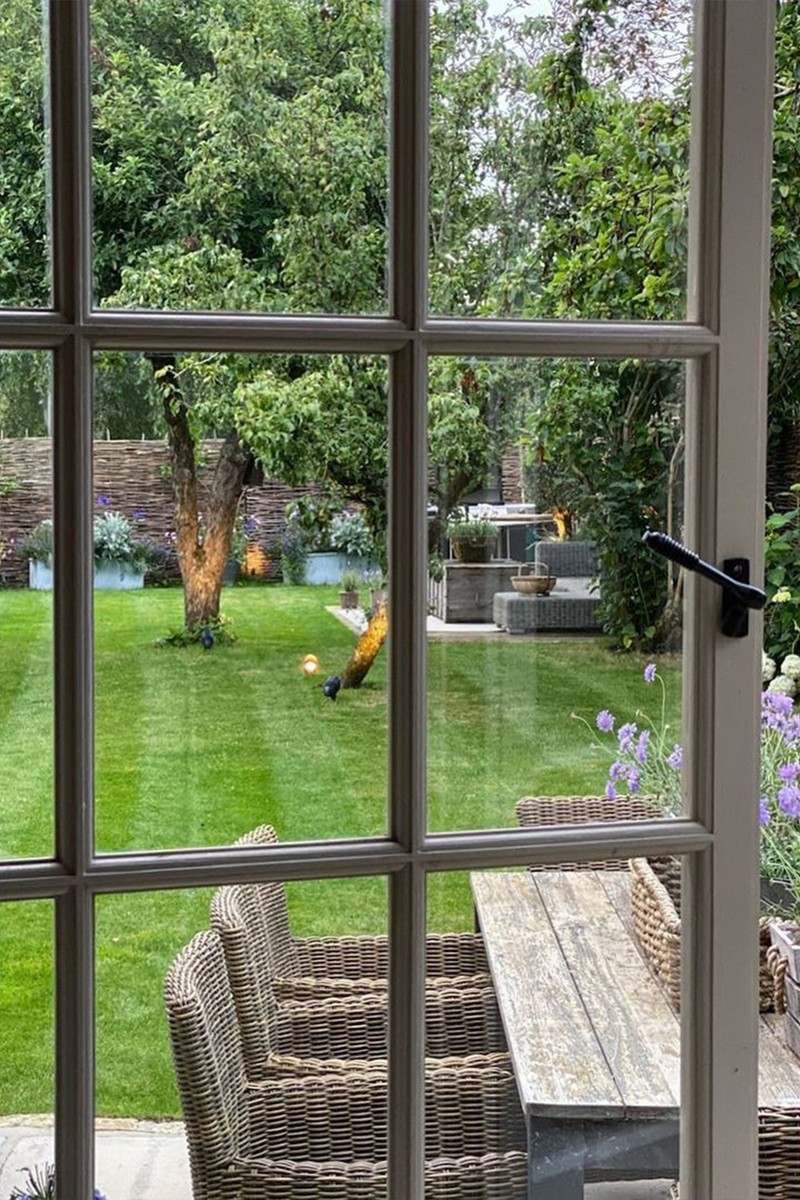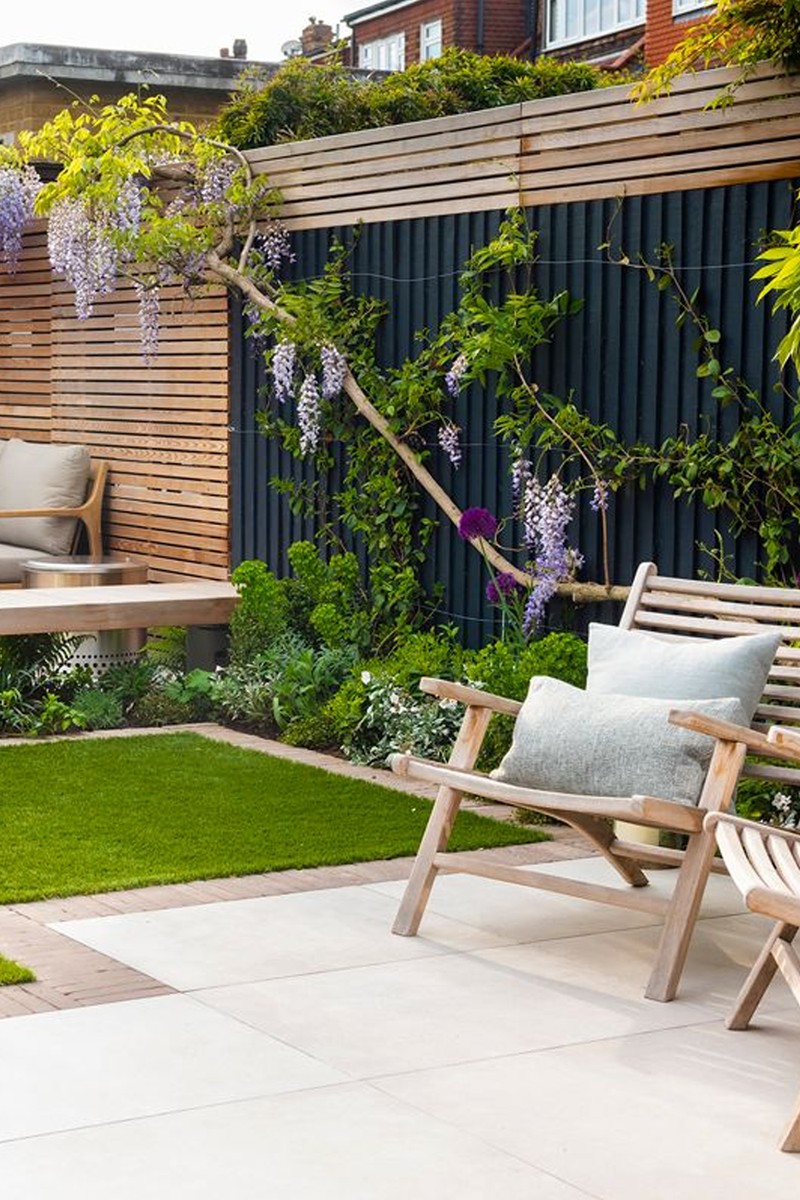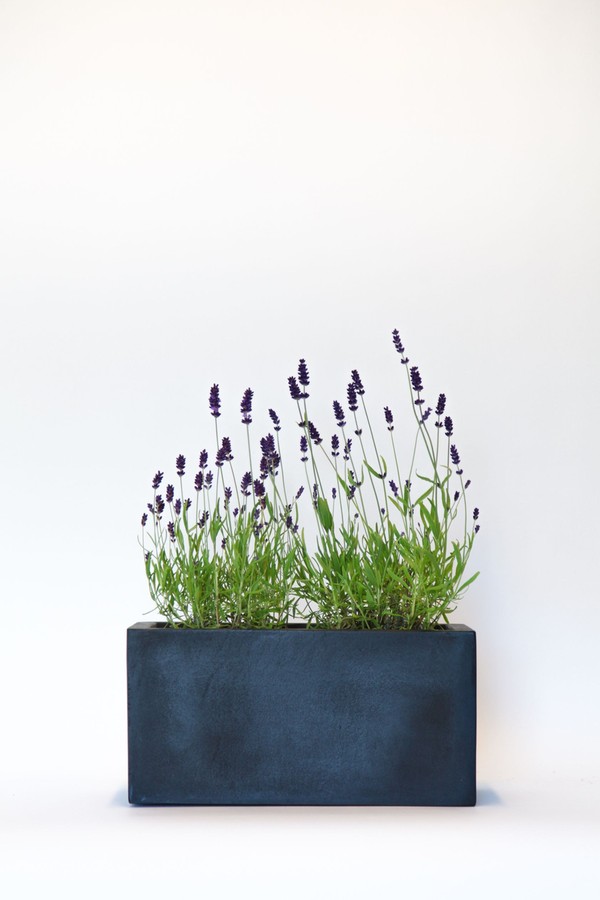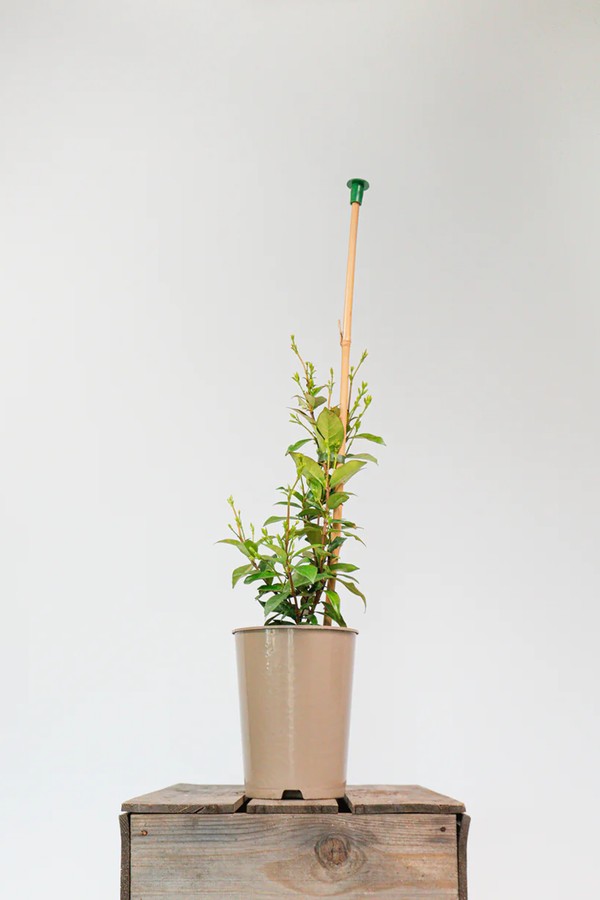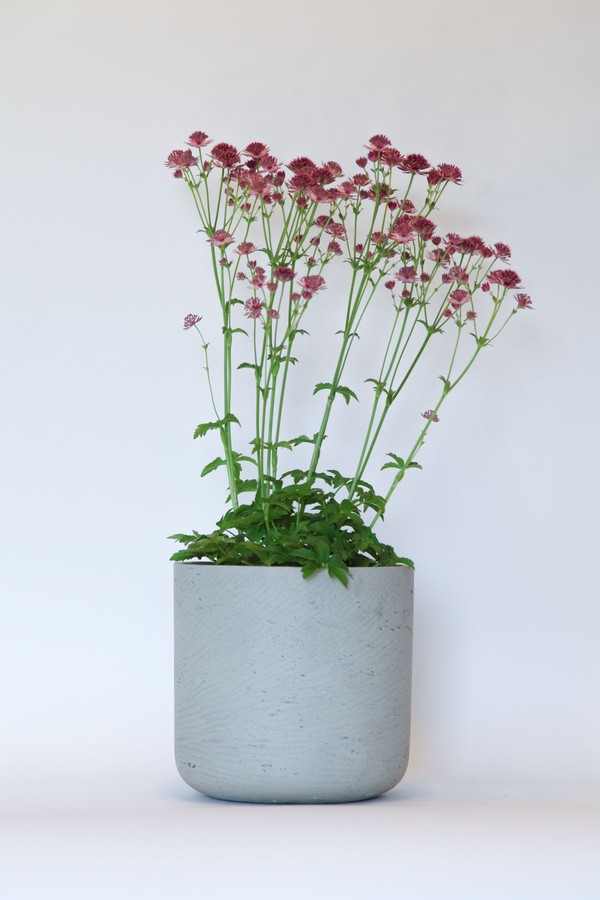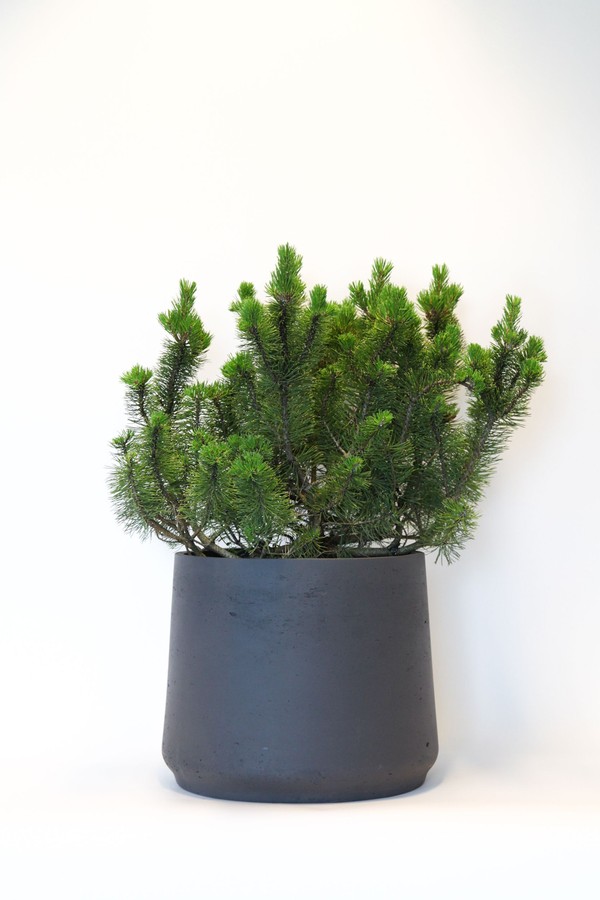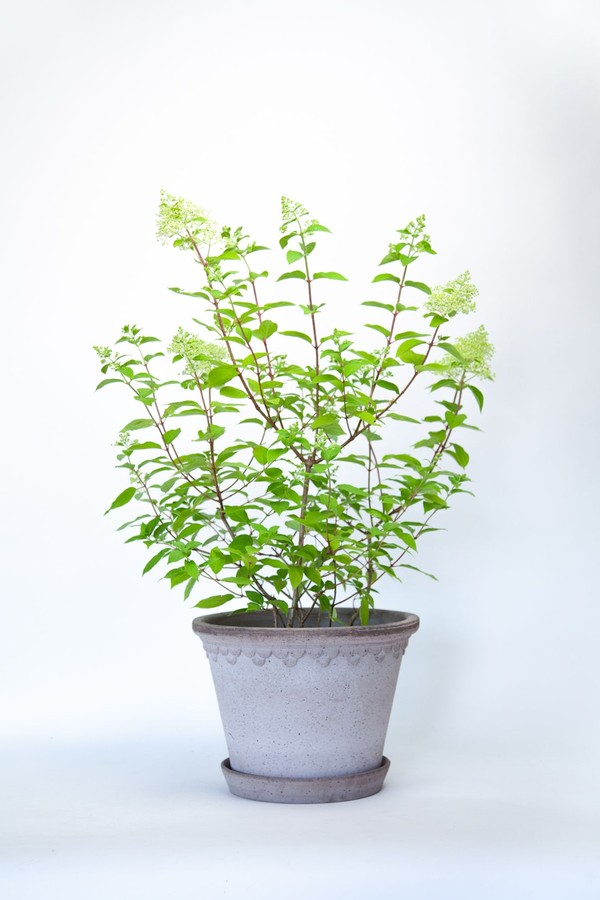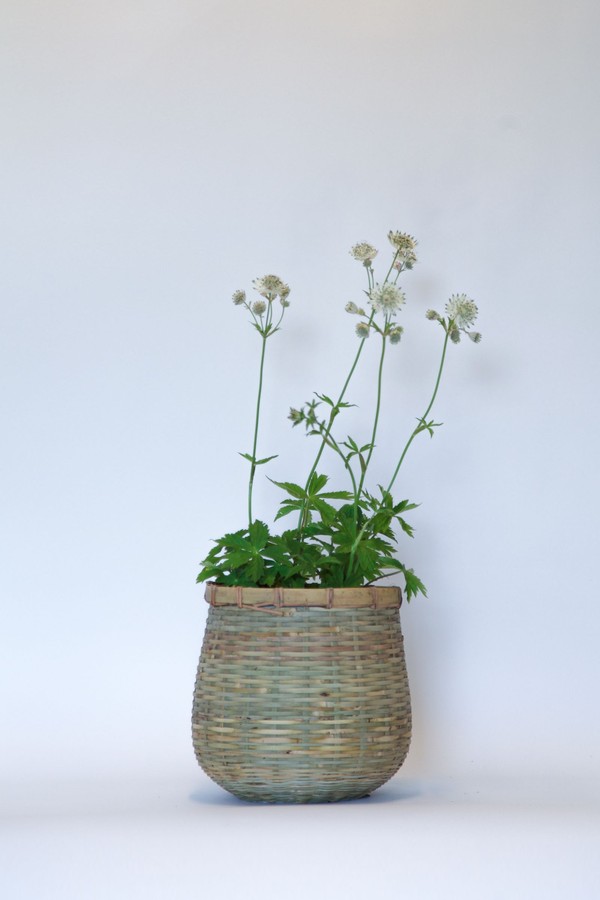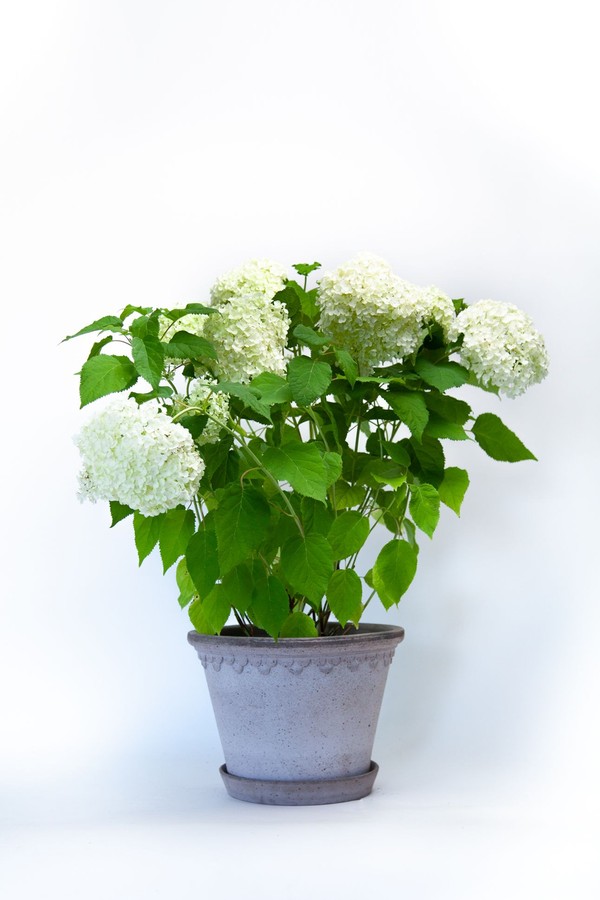What To Do With A Small Garden
Layout
Keep things simple, clean and elegant as petite spaces can easily become cluttered. Whether that is with colour, planting or materials, the key to making your small garden feel put-together is to have a planting scheme – think of it as a capsule wardrobe for your garden.
Don’t think of your garden as a separate part of your house. Your garden should be an extension of your home. The plants you choose for your outside space should reflect the style of your interiors. Do you prefer a minimalist, traditional, cosy, colourful, elegant, or calm approach to decoration? Keep this in mind when choosing plants, materials and furniture.
Start by looking up. Use the space above you to make your little garden feel bigger. Plant smaller trees in pots to add height without taking up too much room. Climbers such as jasmine or climbing roses will draw the eye up. Make sure the pots are beautiful as well as functional and tie in with the theme of your garden.
Get creative – even in a small space you can create an oasis. Some plants in the front garden or entrance way are a great way to elevate your home and add kerb appeal. A bay tree by the front door, a small strip of lavender or a window box with some evergreen plants such as ivy can really make a difference.
Aspect
Understand how much sun your garden will get. Some plants thrive in a sunny position whereas others prefer shady spots. It is therefore important to know how much sun your garden receives and research the best plants for the aspect of your garden. Small gardens are often in partial or full shade. At Soto, we list our plants and border collections according to the aspect they thrive under and have tutorials to help you understand your gardens aspect.
Asses the many partial light options. These include Astrantia Romas – a deep pink, elegant star-shaped flower brings the wow factor. Geranium Rozanne is another option for some colour. The blooms appear delicate and provide vibrant colour from spring until autumn. Perfect for borders or pots, the plant trails beautifully over the side of containers and fills gaps in borders, providing a pretty splash of colour. Mexican Feather brings movement and texture to your outside space throughout the year. The height is great for small gardens, the stiff leaves wave in the wind and are joined by feathery seed heads in the summer. The grass starts green before fading to a buff colour. Astrantia Shaggy is an absolute showstopper. It has small jewel-like white flowers reminiscent of pin cushions, surrounded by a long greenish-white ruff. Placed in a pot it looks considered.
Consider the local environment. Often people put lots of paving down in small areas, forgetting they live in areas susceptible to flooding. Look at where you can squeeze some extra greenery into your outside space: on the drive under the car, between paving on a patio, to line a garden path. Geranium Rozanne or Australian Daisy are great for this. Don’t just have lots of concrete; have areas for plants to absorb water.
Aesthetic
Try to create yearlong interest. Small gardens are often viewed from the main entertaining rooms such as kitchens, or they frame entrance ways. It is therefore important for gardens to contain plants that thrive and look good all year. Plants that provide texture such as Irish Green (Carex morrowii Irish Green) and Taxus baccata domes are fantastic for adding structure and colour to schemes even in winter.
Avoid the mistake of putting plants in a line or not considering which plants complement each other. It is important to use height and texture. Garden designers use plants of varying heights and sizes to create interest in flower beds. Golden Dew provides tall soft texture and Christmas roses bring low ground covering with pretty white flowers in the winter. An iris or foxglove provide pops of colour at height.
Think about how you will use your outside space. Will you want to be doing lots of entertaining? At Soto we have several herb kitchens which can form the base of an impressive kitchen garden, even in a small space. Make the herbs a feature by displaying in pots together on a stand.
Planting
Think about where you place each plant. How you arrange plants within a border makes a significant difference when creating beautiful spaces. Before you start planting, place plants in their pots on the soil to make sure you have the right design. It is important to have instant impact but also to allow plants space to grow.
Accept that a small space doesn’t have to be boring. Show gardens are judged on numerous factors such as atmosphere, planting choices and ambition. To give your garden a little wow factor, consider how you can achieve some of these things with beautiful scent, texture and colour palette.
Work with the space you have, not the one you aspire to have. People often choose a plant because they’ve seen it on Instagram and not understood what works together, the aspect of the plant or the maintenance level. Some tried-and-tested plants which have worked well within my show gardens include dwarf mountain pines that are almost indestructible and require little pruning. They provide interest throughout the year and have a lovely texture in a sunny spot. Topiary domes such as Ilex crenata and Taxus baccata provide yearlong interest and structure. With their deep green leaves, they are great for small spaces as they have simple impact when planted in a pot. The Astrantia Shaggy is extremely popular in bringing showstopping interest to a scheme – this long flowering bloom really packs a punch. For those wanting something soft, hydrangeas bring yearlong interest, structure and frothy blooms.
Soil & Irrigation
Take the time to know what soil you have. It will save you both time and money because this knowledge enables you to select plants which will thrive in your garden.
Get the basics right at the start to maximise your investment. Ensuring your plant choices can tolerate the soil in your garden, creating enough drainage, and watering correctly all sound simple, but they form the foundation of a healthy and thriving outside space that will bring the wow factor to your home. A lot of people forget to add grit to improve drainage and feed the soil to improve the nutrients level.
Don't stop at watering the plants. To ensure longevity of your plants, improve drainage and soil structure with grit and mulch when planting. We would always encourage our customers to add mulch to pots a few times a year; not only does this help with moisture retention, nutrients and suppressing weeds, it looks smart too. Containers and pots can dry out much quicker than plants within the ground – so you will need to water a little more frequently during the hotter months. Watering correctly when planting can make all the difference to how robust your plants are.
Maintenance
Plan for ongoing care – even for plants that aren’t always in flower. A lot of plants get cut back in the winter, ready for new growth in the spring. Lower-maintenance plants are not only appealing, they are often the plants that are the most resilient.
Know the amount of maintenance you would like to do. Would you prefer a glass of rosé or a trowel in your hand on a sunny weekend afternoon? If you’d rather be relaxing, shrubs and especially evergreens offer low-maintenance impact. Pines are architectural, popular and relatively low maintenance. If you are looking for low-input garden borders with high impact, consider evergreen shrubs such as green carpet (Pachysandra terminalis), sweet box (Sarcococca hookeriana Winter Gem) or an Ilex dome (Ilex crenata).
Top 10 Dos & Don’ts
Chris Harrington of Harrington Porter gives us his essential dos and don’ts for a small garden…
DO identify the nucleus of a small garden. How will you use it and where will you sit? Do you want space for two of you lounging, for ten people eating or for sunbathing?
DON’T overlook where you get the sun. Then make sure you allocate space effectively; for example, do you like to eat in the shade or perhaps you want to work in the morning sun when you can?
DO consider views from the house into the garden – including from the kitchen sink, from the bedroom and even from the front door looking all the way through.
DON’T mismatch your interior and exterior flooring. Either perfectly match or change it to contrast. A ‘sort of’ nearly match just doesn’t work.
DO balance your planting between pretty and ‘planterly’. If you’re looking out to your garden a lot, you need a mix of herbaceous perennial interest with evergreen structure.
DON’T forget verticals. Use climbers on fences or arches to give a sense of green without taking up too much space.
DO have a consistent palette of leaf textures and flower colours. Choose a few plants and replicate them.
DON’T underestimate the work involved in patio pots. A collection of pots can look really stylish, but you need to be on top of watering, deadheading and transferring when they get too big.
DO consider storage for cushions. Seating with a hinged lid is not the answer as it’ll let water in.
DON’T leave your garden in darkness. Light up the main features so you can enjoy it when you’re not in it, especially once the days get shorter (just make sure you use an electrician who specialises in gardens).
Visit SotoGardens.com & HarringtonPorter.com
SHOP SOTO GARDENS' PRODUCT EDIT
DISCLAIMER: We endeavour to always credit the correct original source of every image we use. If you think a credit may be incorrect, please contact us at info@sheerluxe.com.
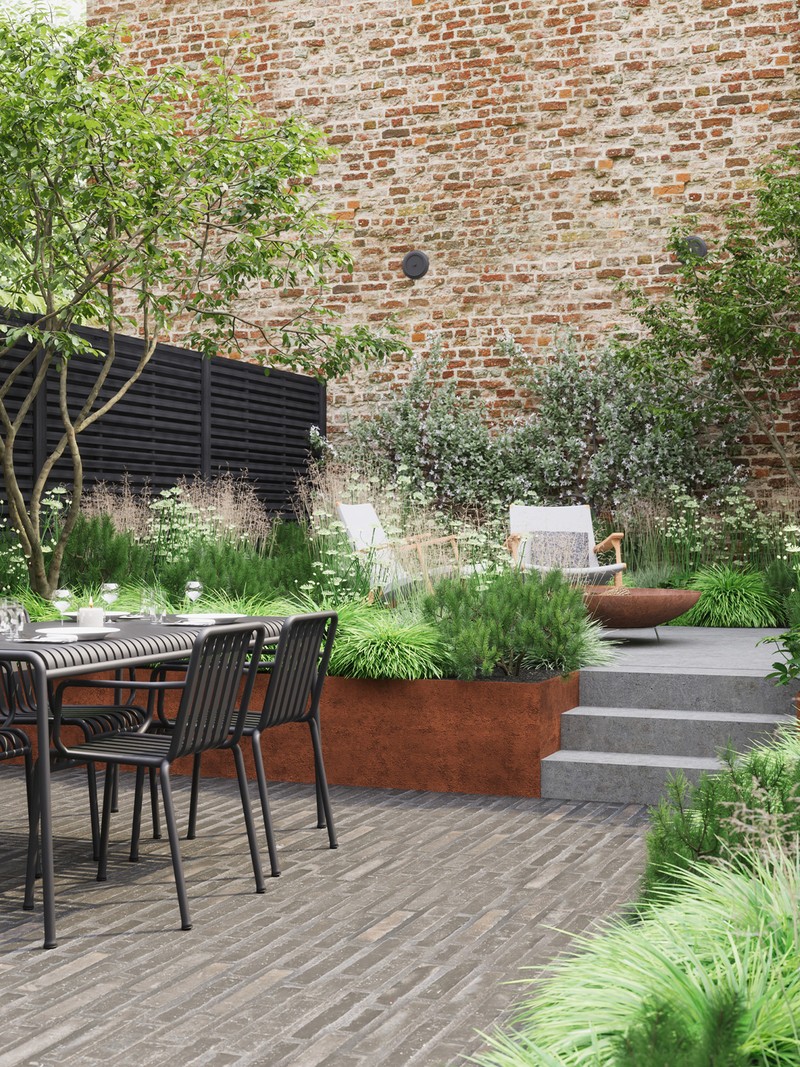

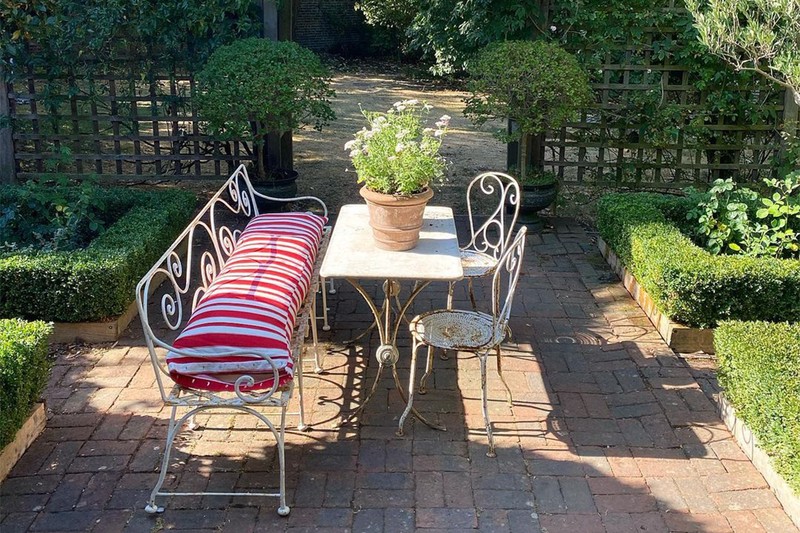
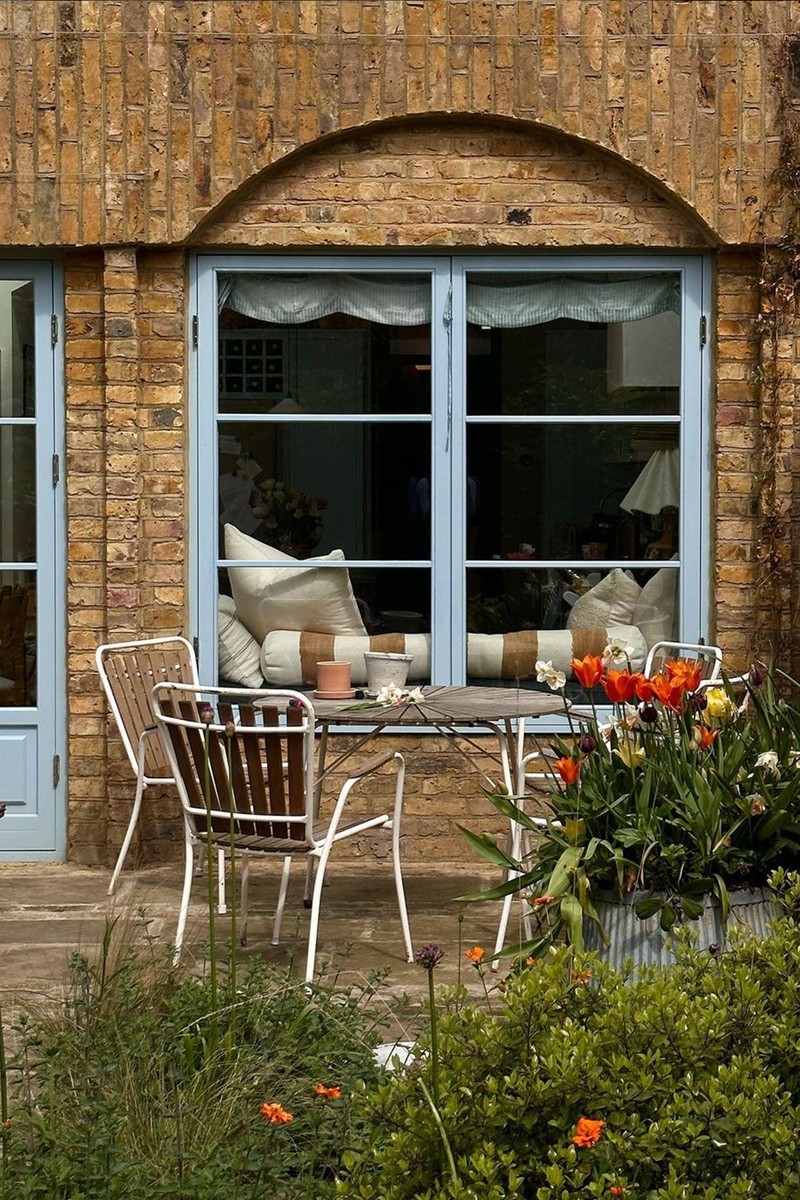
/https%3A%2F%2Fsw18.sheerluxe.com%2Fsites%2Fsheerluxe%2Ffiles%2Farticles%2F2023%2F05%2Fsl-small-garden-mistakes-2.png?itok=ty7DqT_O)
